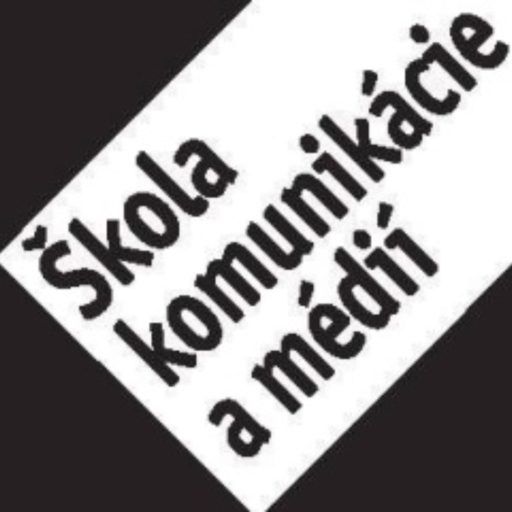Abstract: This article is a comparative exploratory analysis of significant and symptomatic occurrences of misinformation and disinformation in foreign policy. The thematic foreign policy focus is on the Caucasus region and Russia. The examples analyzed were found in both the legacy media and on social media. They were produced by authorities/politicians, journalists/media, diplomats, experts and factchecking/ debunking initiatives within the EU in general, and in Czechia, Hungary, Poland and Slovakia, collectively known as the (“Visegrad Four”) or (“V4”). The examples found, in particular, those including coverage, commentaries and analyses of the 2008 Georgian- Russian war and the Smolensk air crash in 2010, were then compared with the most recent legislative initiatives aimed at targeting “fake news” (misinformation and disinformation) or freedom of speech on social media in these countries. On the one hand, there are peculiar cases of foreign policy issues that have been misinterpreted. This misinterpretation, understood either as misinformation or disinformation, is being kept unchanged and continues to be further disseminated within specific foreign policy discourses among specific groups of stakeholders. On the other hand, there have been interesting correlations identified between these foreign policy misinformation and disinformation tendencies, and the approaches towards tackling misinformation and disinformation at more general levels. In essence, the more the authorities produce or disseminate misinformation and disinformation, the less they are willing to tackle misinformation and disinformation in their regulatory approaches. Initially, there was a radical trend favoring freedom of speech on platforms in both Hungary and Poland. However, there is a specific case in Czechia where any regulation of free speech on platforms is seen in the context of prioritizing freedom of speech in general. Thus, these findings uniquely bridge foreign policy events and regulatory policies in more than a decade, and do so with a focus on both domestic and foreign issues. There are rather significant theoretical (academic) and political (foreign policy) implications originating from this study. For the former, there are implications for media/journalists and foreign policy analysts, and for the latter, there are implications for politicians and diplomats. There are general legal issues to tackle for lawyers interested in international law and regulatory legislation. Specifically, how should foreign policy misinformation and disinformation produced by national authorities, including Parliament, be analyzed from a legal perspective? Accordingly, the study presents several follow-up research questions that have been identified but not yet fully explored.
Andrej Školkay

